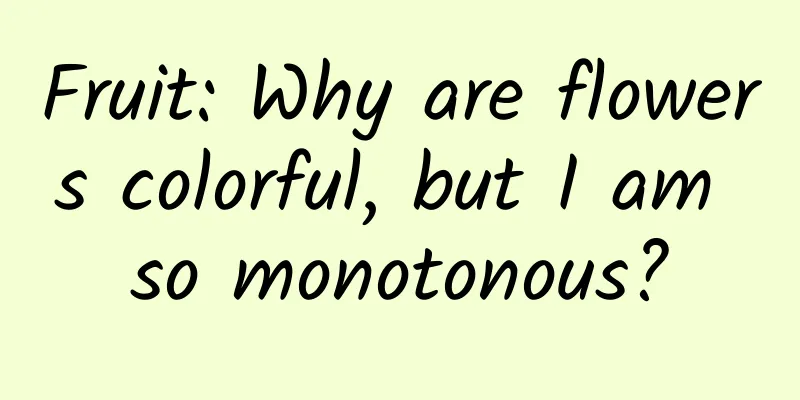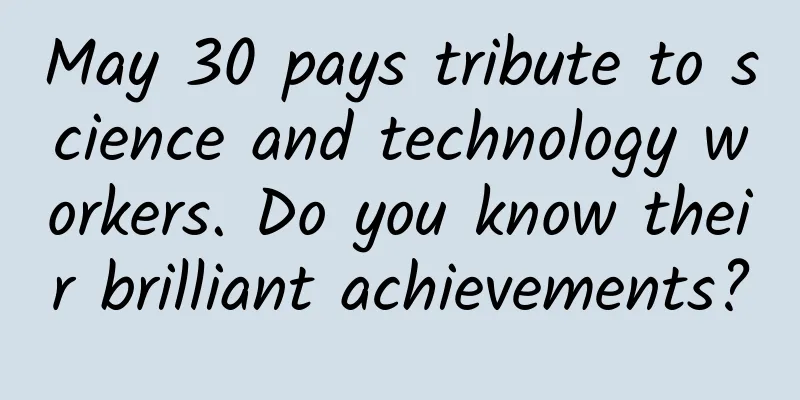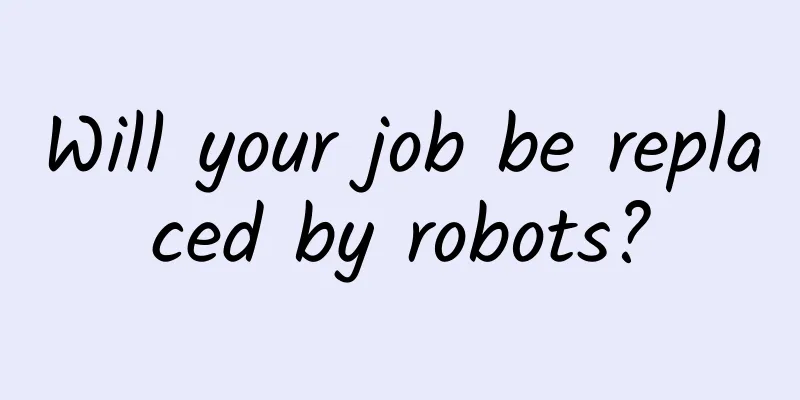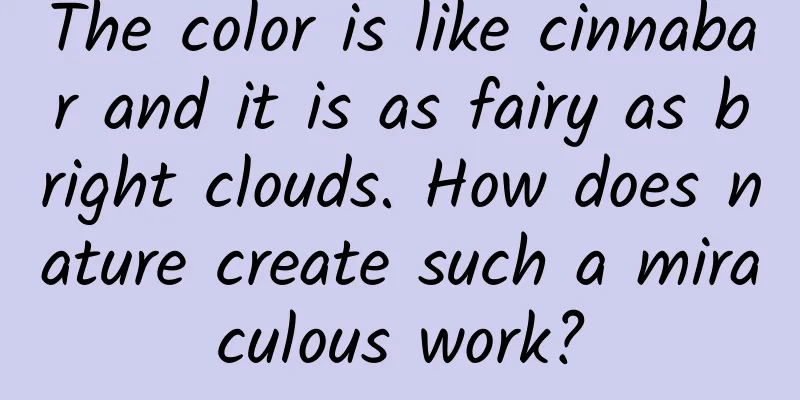Fruit: Why are flowers colorful, but I am so monotonous?

|
Produced by: Science Popularization China Author: Chen Zhe Niu Yang (Kunming Institute of Botany, Chinese Academy of Sciences) Producer: China Science Expo If you take a walk in nature, you will find all kinds of flowers, dandelions, impatiens, osmanthus, orchids, azaleas... They are in various shapes and colors. In comparison, the appearance of fruits (especially wild fruits) seems to be less rich. Blueberries, hawthorns, hollies, nightshades, yews... They are mainly simple outlines such as circles, and are mostly red and black. Recently, a research team from the Kunming Institute of Botany, Chinese Academy of Sciences, conducted a quantitative color study on red bird-pollinated flowers (i.e., flowers pollinated by birds) and red bird-dispersed fruits (i.e., fruits that spread their seeds by birds) and found that the tones of red fruits in nature are not as rich as those of red flowers. The researchers combined the "birth experiences" (evolutionary history) of flowers and fruits to find the possible reasons for the color differences between flowers and fruits. Figure 1 Several plants with red flowers (a–c) and red fruits (e–f). (a) Stem-flowered Echinops edulis (bird pollination); (b) Large-flowered Amaranthus rubra (beetle pollination); (c) Yunnan Lithospermum officinale (bee pollination); (d) Taxus chinensis (bird dispersion); (e) Betula serrata (bird dispersion); (f) Tiger tongue red (bird dispersion). (Photo sources: a-d: Chen Zhe, e: Niu Yang, f: Guo Zemin) Special animals and not “pure” red Flowers and fruits are important organs for plant reproduction. Their colors are important features that attract pollinators (such as bees, butterflies, and birds) and dispersers (such as birds and mammals), and have been selected by related animals during long-term evolution. Birds are a very special type of animal that participates in both pollination and seed dispersal . Although there are differences in the species of birds that pollinate and disperse seeds, the color vision system of birds is generally conservative and consistent, and is a four-color system (four types of light receptors are involved in color perception, as shown in Figure 2). The research team focused on red flowers and red fruits that interact with birds, which effectively controlled for differences in the color vision systems of the interacting animals during pollination and seed dispersal. In addition, bird-pollinated flowers and bird-dispersed fruits are mostly red, and red is an extremely eye-catching color signal for birds. This feature is very suitable for studying animal-plant interactions and exploring the inherent differences between flowers (pollination process) and fruits (seed dispersal). Figure 2. Sensitivity curves of light receptors in the retinas of birds (a) and humans (b). Birds have a tetrachromatic color vision system, with four types of cone cells on the retina involved in color perception. Humans have a trichromatic color vision system, corresponding to three types of cone cells, and are insensitive to ultraviolet light (approximately 300-400nm). (Photo credit: Chen Zhehui) The color red actually contains a rich variety of shades, some of which cannot be distinguished by the naked eye. The "red" of red and red fruits can be divided into at least two categories (Figure 3). One is "pure red", whose reflection only appears in the long-wave band (red light area). The other can be called "non-pure red". In addition to the long-wave reflection, there is also a weaker reflection peak (secondary reflection peak, hereinafter referred to as "secondary peak") in the short-wave band (ultraviolet and blue area of 300-500nm). Figure 3 Examples of red flowers and red fruits with and without reflectance side peaks (SP). (a) Reflectance spectra of two red flowers, P. densiflora with side peaks (blue line), P. edulis without side peaks (red line). (b) Reflectance spectra of two red fruits, P. cinnabarinum with side peaks (blue line), P. indica without side peaks (red line). (Photo credit: Chen Zhehui) Fruit color is not as rich as flower color The research team has previously collected reflectance spectra of a variety of red flowers, revealing their changing patterns and clarifying the significance of the reflectance side peaks in red flowers to the pollination process. Based on this, the researchers collected 94 bird-pollinated red flowers and 99 bird-dispersed red fruits and compared their color characteristics. They analyzed color diversity in spectral space and bird color vision space, and analyzed color conspicuity using color vision models. The results showed that the color diversity of red fruits was lower than that of red flowers (Figure 4), and they rarely showed secondary reflection peaks in shortwave (Figure 5). The bird color vision model showed that red fruits were more prominent than red flowers in terms of brightness, but had no difference in color tone. Figure 4 Bird-pollinated red flowers have a higher color diversity than bird-pollinated red fruits. Bird-pollinated flowers have a more complex evolutionary history and may have evolved from insect-pollinated flowers (usually bee-pollinated flowers) with a variety of colors. The tetrahedron in the figure is the bird color vision space, and the points in it represent the location of the colors of flowers (red) and fruits (cyan) in the bird color vision space. The bar chart shows the volume occupied by flowers and fruits in the bird color vision space (based on 1000 samples). (Photo credit: Niu Yanghui) Fig. 5 Reflectance spectra of bird-pollinated red flowers (a) and bird-seeded red fruits (b). SP refers to the secondary peak. (Photo credit: Chen Zhehui) Which color red do birds prefer? In order to test whether there are differences in the ecological functions of the two types of red with and without secondary peaks, the researchers used pigeons as a model and tested their color preference and color discrimination ability through behavioral experiments. Figure 6 Schematic diagram of pigeon behavior experiment. (a) A top view of the Y-shaped experimental field, with a grid in the middle and grass background and reward-color signal device on both sides. (b) The reward-color signal device, the two fruits at the top are connected to the tube below by a thin wire. Three oats can be placed in the tube as a reward. The bottom is connected to an iron nail to fix it on the grass. (Photo credit: Chen Zhehui) The experiment was conducted outdoors in a net-shed to obtain natural light. The arena was designed in a Y-shape (Fig. 6a). Pigeons entered from one end and made choices at the fork of the Y to enter the two-arm channel. The background and color stimulus were set at the end of the two-arm channel. The background was grass planted in a plastic frame, which was placed vertically on the ground during the experiment. The fruit of Ardisia crenata was used to produce two red signals. In its natural state, Ardisia crenata reflects a certain amount of ultraviolet light, and by applying sunscreen, it can produce ultraviolet-absorbing red. The treated fruit was connected to a tube that could hold reward (oats) by a thin wire (Figure 6b). In the experiment, the centrifuge tube was hidden under the grass (not directly visible); while the color stimulus was exposed as a signal for the pigeons to choose. When testing the color preference of pigeons, there was a reward in the tubes corresponding to the two red signals, that is, the difference was only in color, and their choice was used to determine whether they had a preference for the two reds. When testing the color discrimination ability of pigeons, only rewards are placed in the tube corresponding to one red color, and no rewards are placed in the other red color. The pigeons' choices are used to determine whether they can distinguish the two colors. If the pigeons choose the red color with rewards more than the red color without rewards, then their choices are not random, that is, they can distinguish the two colors. During the experiment, the position of the reward-color signal device on the grass was random and adjusted after each round of experiments, and the entire adjustment process was invisible to the pigeons. At the beginning of the behavioral experiment, the researchers encountered a major challenge - they were unable to successfully guide the pigeons to make a choice . When two targets were placed side by side at a distance from each other, the pigeons always showed a preference for the orientation itself, regardless of the characteristics of the targets themselves. They would always approach the left target first and then move to the right, or vice versa, without thinking. Despite many adjustments, such as changing the layout of the experimental arena, varying the distances between options, and fasting before the experiment, the pigeons simply would not make a choice. This state lasted for more than ten days, and the experiment had no obvious progress. After continuous observation and thinking, the researchers suddenly realized that the way pigeons observe the environment may be different from that of humans or some insects. Their eyes are facing to the sides instead of forward . Therefore, the two side-by-side targets placed in front of the pigeon are actually in the same direction in the pigeon's view. It does not need to make a choice and can get the reward by walking towards them. So the researchers modified the experimental setup and placed the two targets in a Y shape so that they were at different sides. This adjustment finally worked! This time, the pigeons were clearly hesitant, often turning their heads left and right to observe before making a choice, thinking for a while and then choosing to walk away. The results were consistent with the researchers' expectations. Although pigeons can distinguish between the two red colors with and without secondary reflection peaks (because they have excellent color vision), they do not have a clear preference for color . Therefore, the influence of birds on the evolution of the two red colors with and without secondary reflection peaks may not be decisive. Figure 7 Pigeons in the experiment (Photo credit: Chen Zhe) Flowers and fruits have different “life experiences” Despite being red, flowers and fruits still show distinct differences in color diversity, spectral properties, and color perception . Because the only interacting animals involved in this study were birds, these differences in flowers and fruits cannot be attributed to differences in the interacting animal groups and their color vision characteristics. There are two main reasons why red flowers have a higher color diversity. First, the relationship between flowers and pollinators is closer and more specialized than the relationship between fruits and dispersers, resulting in greater color differentiation. That is, flowers tend to be more "unique" , which helps attract different pollinators, thereby reducing pollen transfer between different plants, avoiding pollen waste and mutual interference (pollen from different plants may reduce seed setting rate). The fruits tend to be more uniform , with different plants tacitly choosing to produce extremely eye-catching red fruits in order to attract disperser birds. This may even be a strategy for different fruits to "unite" to attract dispersers. In addition, the evolutionary history of bird-pollinated red flowers is more complex and shorter. Bird-pollinated flowers began to appear around the Cenozoic Era (66 million years ago). The ancestors of bird-pollinated flowers may be insect-pollinated flowers (often bee-pollinated flowers). Insects have diverse color vision and are different from birds. Insect-pollinated flowers are rich in colors, such as blue, purple, etc. In the process of evolution from insect-pollinated flowers to bird-pollinated flowers, flowers have retained certain color characteristics of their ancestors, showing more complex and diverse characteristics. Figure 8 Bumblebees visiting a blue pouring pot (Photo credit: Guo Zemin) In contrast, bird-dispersal of red fruits has a simpler, longer evolutionary history: Birds may have helped plants disperse their seeds as early as the Early Cretaceous (145-100 million years ago). Although the ancestors of bird-spreading fruits may also be eaten by other animals, such as some reptiles (such as lizards) and mammals (such as prehistoric multituberculates), the color vision systems of these animals are either similar to those of birds or much simpler than those of birds, and their selection pressure on fruit color may be consistent, which makes the fruit color present a lower diversity. This suggests that evolutionary history has a profound impact on flower and fruit color, which deserves more attention in future research. Conclusion Everyone loves bright flowers, and when we walk into the complex natural world, we will be surprised to find that the colors of flowers and fruits have far more than just visual effects, but have important significance for their own reproduction. For humans, color has aesthetic value, but for plants and animals, color may be the key to their continued reproduction for billions of years. References: [1] Chen Zhe Niu Yang. [Serious Trivia] Which is more common, the number of red flower colors in nature or the number of lipstick colors? (Note: Latin text should be italicized.) |
<<: After 13 years, the mini heart finally got a coat
>>: What is the technology behind the popular AI painting? (Part 1)
Recommend
National Nuclear Emergency Publicity Week丨Nuclear? Nuclear medicine? Learn everything in one article!
In the hospital, when many patients receive the e...
Community operation: What kind of community is considered a good community?
If you want to know what kind of community is rel...
What are the functions of financial mini-programs? How much does it cost to make a financial app?
With the advent of the 5G era, the financial indu...
The latest ranking of 50 information flow advertising media platforms!
Friends who are involved in advertising know that...
How does QR code marketing increase the scanning rate?
In the future, data will serve as a factor of pro...
Forget about mobile phones. The key to Microsoft's transformation is the enterprise market.
Microsoft's mobile phone business fell 71% ($...
PR secrets: a comprehensive guide to advanced editing
PR Secret Techniques: A Comprehensive Guide to Ad...
Baoman Operations Director: How to operate a new online community starting from the content?
When I joined Baozou, the official website of Bao...
Creating a Material Design Android App: Creating Lists and Cards
Last time I talked about using themes and applyin...
Analysis of B station product operations!
From a UGC video platform that started out in the...
When adding creatives in Baidu promotion, it prompts that the creative access URL is inconsistent with the registered domain name, but I directly copied the registered domain name, so it is still not possible?
My situation is similar. All the creative ideas I...
The man-machine battle is about to begin. AlphaGo vs. Lee Sedol. Who do you bet on to win?
In March, a major event that will attract worldwi...
5G mobile phones, waiting for spring
[[330468]] Currently, from mobile phone manufactu...
Why are we so sure that extreme weather is caused by global warming?
Global warming changes the probabilities of rando...
How to plan a marketing campaign that can create multiple values?
The World Cup craze has just passed, and problems...









